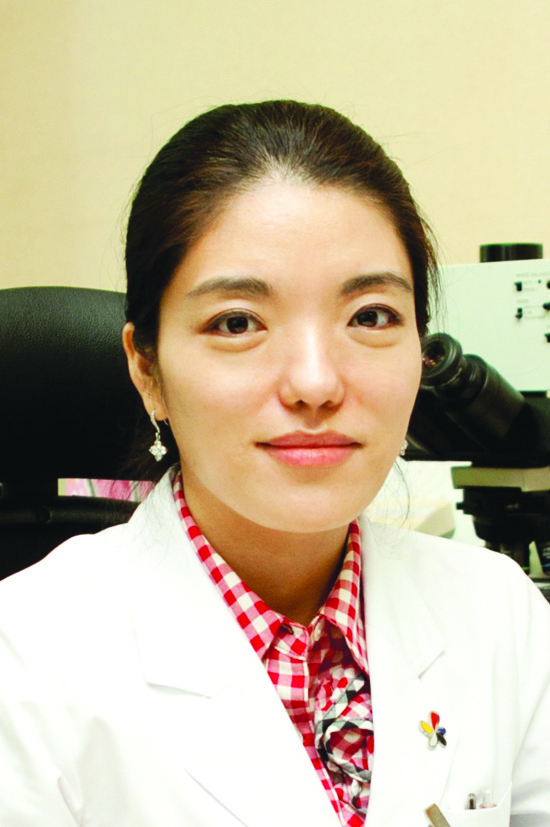Professor Kim Hye-won and her team at Hallym University Kangnam Sacred Heart Hospital have found that patients with diabetes and dyslipidemia have a higher chance of rosacea, one of the major facial flushing diseases.

Although the disease is most prevalent during winter when there is a severe temperature difference, it is not uncommon to see patients in summer as blood vessels tend to expand in high temperatures. Rosacea is a chronic inflammatory skin disease in which the middle part of the face, such as the nose and cheeks, turns red.
Although the cause of the rosacea is unknown, doctors believe various factors such as local infection, drinking, folliculitis, and cosmetics to be the cause of the disease.
The team conducted a follow-up study of 139,958 patients treated at five hospitals in the medical center, including Kangnam Sacred Heart Hospital, from January 2011 to December 2015. Of the total, 2,536 had rosacea, and there were twice as more women (1,745) patients than men.
To confirm the association between chronic disease and rosacea, the team compared the diagnostic rates of rosacea between patients diagnosed with chronic diseases and those without rosacea diagnosed with chronic conditions. Professor Kim also checked and corrected the dose of hypertension, diabetes, and dyslipidemia drug taken by the patients as it could act as a disturbance variable.
The result showed that patients with diabetes and dyslipidemia had a 2.8-fold and 1.8-fold higher probability of rosacea diagnosis, respectively.
In contrast, patients diagnosed with ischemic heart disease did not have an increased diagnosis rate of rosacea.
“Studies have shown that patients with dyslipidemia have a higher risk of developing rosacea,” Professor Kim said. “Interestingly, the incidence of
rosacea was lower in dyslipidemia patients taking statin-based drugs.”

